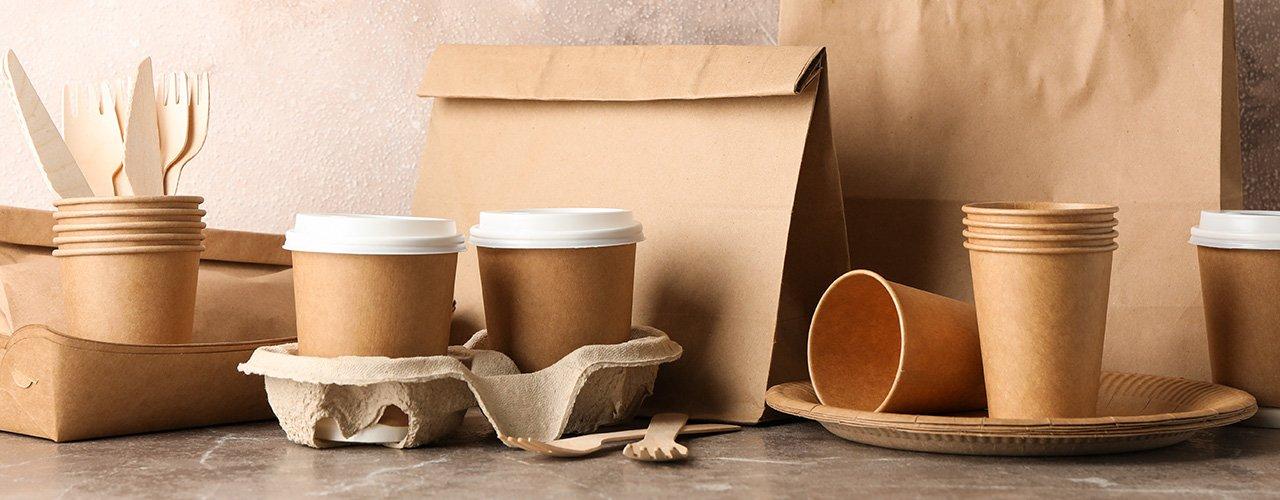Running a restaurant is a complex undertaking that requires meticulous planning, efficient operations, and a keen eye for cost management. Among the key factors that can significantly impact a restaurant’s success is the management of supplies. Sourcing and utilizing wholesale restaurant supplies effectively can streamline your operations, reduce costs, improve efficiency, and ultimately contribute to a more successful and profitable establishment. In this article, we will explore how streamlining your restaurant’s operations with wholesale supplies can be a game-changer.
The Importance of Efficient Supply Management
Before diving into the details of how to streamline operations with wholesale supplies by best AKI restaurant packaging supplies, let’s understand why effective supply management is crucial:
Running a restaurant involves numerous moving parts, from the kitchen and bar to the dining area and customer service. Efficiently managing supplies can lead to cost savings, reduced waste, improved service quality, and enhanced customer satisfaction. It’s not just about procuring the necessary items; it’s about doing so in a way that optimizes the entire supply chain.
Centralized Sourcing and Inventory Management
One of the fundamental steps in streamlining restaurant operations is centralizing your supply sourcing and inventory management:
-
Single Supplier Relationships: Building strong relationships with a select few wholesale suppliers can simplify the procurement process. These suppliers can provide consistent quality, pricing, and terms.
-
Inventory Tracking Systems: Implementing inventory management software can help you keep track of stock levels, predict demand, and avoid overstocking or understocking issues.
-
Regular Audits: Conduct regular audits of your inventory to identify slow-moving items or potential areas for cost reduction.
Menu Optimization and Supplier Collaboration
Streamlining your restaurant’s operations goes beyond efficient procurement; it involves optimizing your menu and collaborating with suppliers:
-
Menu Rationalization: Review your menu periodically and assess the popularity and profitability of each item. Eliminate or modify items that don’t perform well or require hard-to-source ingredients.
-
Collaborative Planning: Work closely with your suppliers to plan seasonal menus and specials. They can provide insights into cost-effective options and source ingredients that are in-season and readily available.
-
Consolidated Deliveries: Coordinate deliveries from different suppliers to arrive on specific days to reduce the frequency of deliveries, which can save on labor and transportation costs.
Training and Efficiency
Streamlining operations also involves training your staff and implementing efficient processes:
-
Staff Training: Train your kitchen and waitstaff to handle supplies with care to minimize waste. They should understand portion control and efficient ingredient use.
-
Standardized Processes: Implement standardized procedures for order placement, receiving deliveries, storage, and preparation. Clear guidelines can reduce errors and save time.
-
Waste Reduction: Educate your staff on waste reduction techniques, such as recycling, composting, and repurposing ingredients.
Leveraging Technology and Data Analytics
The restaurant industry is increasingly turning to technology to streamline operations:
-
Point of Sale (POS) Systems: Modern POS systems can help you track sales, inventory, and customer preferences, allowing for data-driven decision-making.
-
Demand Forecasting: Utilize data analytics to forecast demand accurately. This can help you order supplies more efficiently, reducing food waste and cost overruns.
-
Online Ordering: If your restaurant offers online ordering or delivery services, invest in user-friendly technology to streamline the process.
Continuous Improvement and Adaptation
Streamlining restaurant operations is an ongoing process that requires constant evaluation and adaptation:
-
Feedback Loops: Encourage feedback from both customers and staff. Use this information to identify areas for improvement.
-
Stay Updated: Stay informed about industry trends, new technology, and innovative practices. What works today may not work tomorrow, so be ready to adapt.
Conclusion:
Streamlining your restaurant’s operations with wholesale supplies is not a one-time effort but an ongoing commitment to efficiency and excellence. By centralizing sourcing, optimizing your menu, collaborating with suppliers, training your staff, leveraging technology, and continuously improving, you can create a lean, cost-effective, and customer-focused restaurant that thrives in a competitive market. Streamlining your operations is not just about cutting costs; it’s about creating an environment where quality, efficiency, and profitability coexist harmoniously.



